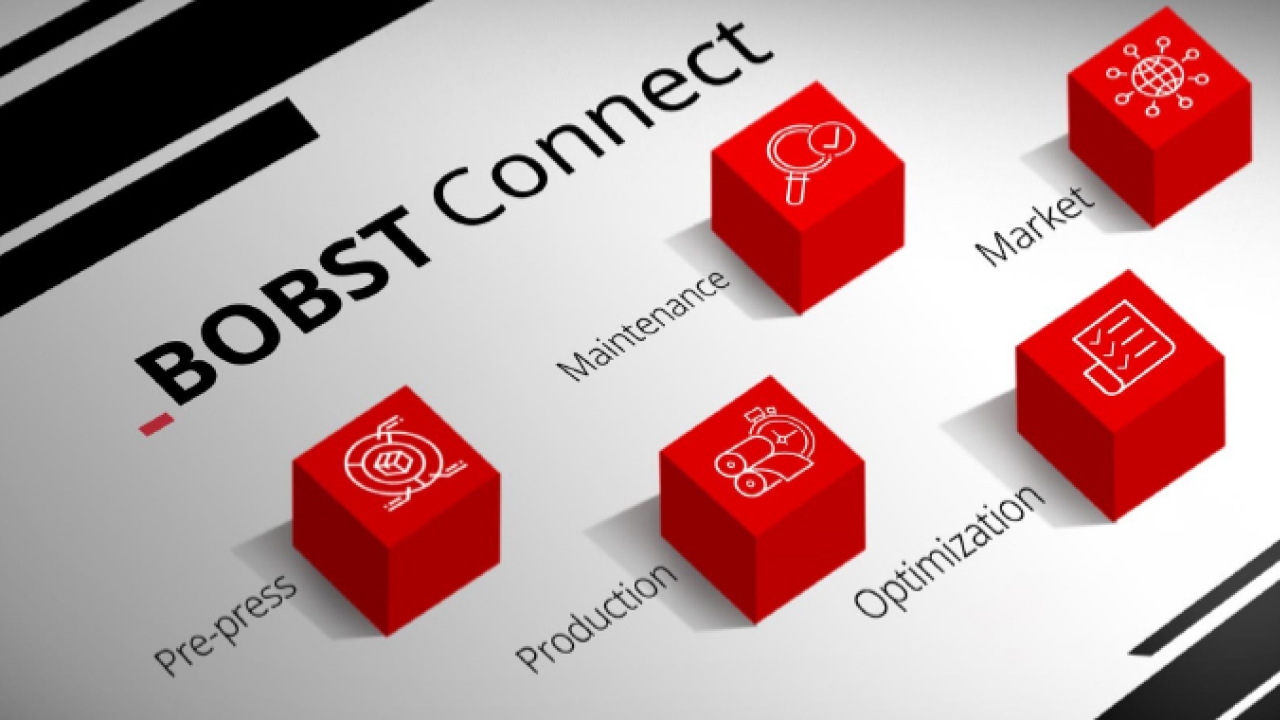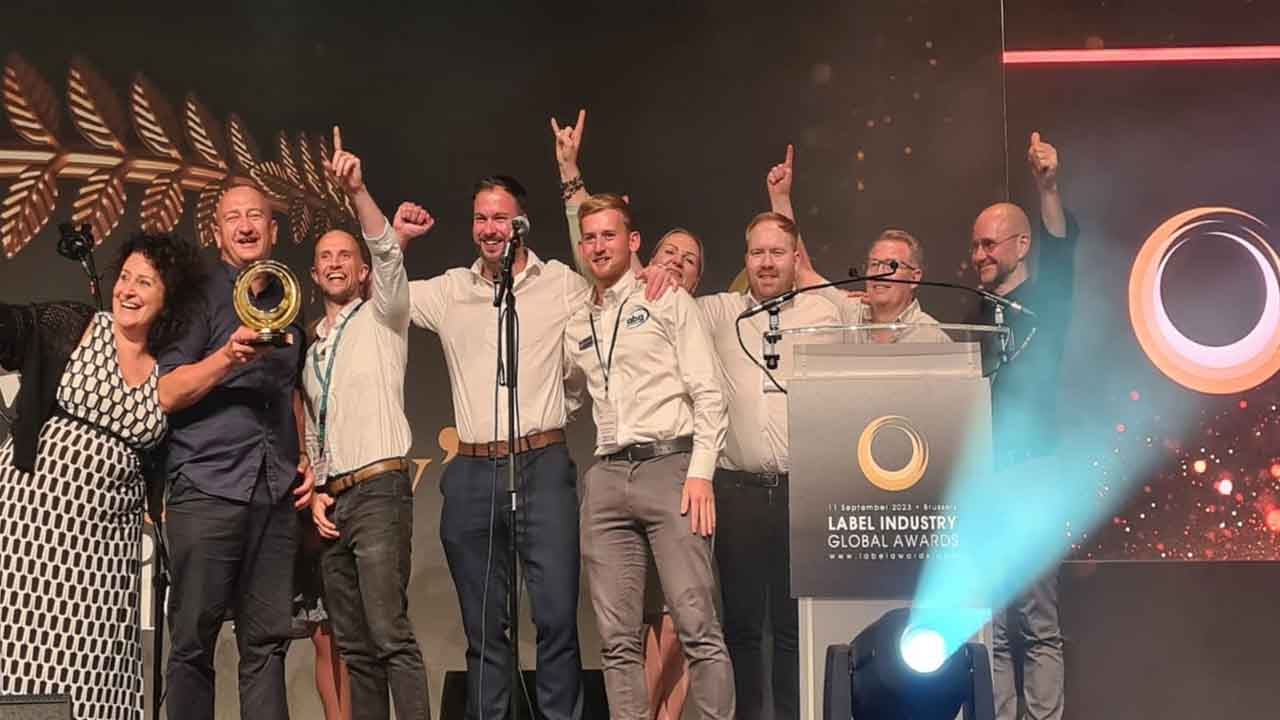Bobst pitches end-to-end automation as industry future
Bobst has unveiled an ambitious vision of a fully automated and connected package printing workflow, rolling out a range of hardware and software systems incorporating advanced automation and integration features.

Hosting a virtual press conference, Jean-Pascal Bobst, CEO Bobst Group, explained the background: ‘Brand owners today face many challenges, like shorter time-to-market, smaller lot sizes and the need to build consistency between physical and online sales. The current packaging value chain remains very fragmented where every phase in the process is isolated into silos. The new requirements require all key players to have an "end to end" view. Printers and converters, meanwhile, want to remove waste factors and errors from their operations.’
The future is for the entire packaging production line to be connected. ‘Brand Owners, converters, toolmakers, packers, and retailers will all be part of a seamless supply chain, accessing data across the entire workflow. All the machines and tooling will "talk" to each other, seamlessly transmitting data through a cloud-based platform orchestrating the entire production process with quality control systems.’
At the heart of this vision is Bobst Connect, an open architecture cloud-based platform linking pre-press, production, process optimization, maintenance and market access, and orchestrating the entire production process from the client’s PDF to the finished product. ‘The biggest challenge for printers and converters is not the individual printing machines, but rather the entire workflow, encompassing converting,’ said Jean-Pascal Bobst.
Bobst is also making a major push to standardize extended color gamut (ECG) printing in the packaging industry. What Bobst is now calling its oneECG technology will now be applied across the full range of the company’s analog and digital printing systems for labels, flexible packaging, folding carton and corrugated board.
ECG refers to a set of inks – typically 6 or 7 – to achieve a color gamut larger than the traditional CMYK, ensuring color repeatability irrespective of the operator’s skill levels. Spot colors are automatically matched during pre-press and checked in-line on the press, keeping the same set of inks in the press. This means big savings in set-up time, with no changes of inks, washing of print decks and ink mixing between jobs.
The press conference saw a range of announcements for the labels, CI flexo and carton sectors.
Bobst’s mid-web Master M6 press, already fully automated with the DigiFlexo system, will now be equipped as standard with the Ink-on-Demand (IoD) and DigiColor inking and color control systems previewed at Labelexpo Europe last year. Bobst Firenze has been developing an ECG workflow under the Revo banner, and this now becomes oneECG.
For flexible packaging converters, the Master CI flexo press was launched with a raft of automation technologies. These include generation II of Bobst’s smartGPS offline registration and impression setting system and the smartDroid robotic system, which carries out a complete press setup without human intervention based around JRM (digital job recipe management).
Also new for the flexpack industry is the Nova D 800 laminator, again featuring extensive automation and a flexo trolley for high-speed coating of solvent-based adhesives with high solid content. All technologies are supported, including water-based, solvent-based, solventless adhesive lamination, and in-register cold seal, lacquering and additional color applications.
Equipment showcased for the folding carton industry included the new generation Mastercut 106 PER die-cutter, a digital recipe management tool for die-cutters, a new generation of the Accucheck inline quality control system and the MasterStar sheet-to-sheet laminator.
Also announced was a new large format version of Bobst’s Digital Inspection Table (DIT), which uses digital projection for the proofing of printed sheets and die-cut blanks. HD projectors are used to illuminate the product sample, enabling the operator to quickly see if quality standards are matched.
Stay up to date
Subscribe to the free Label News newsletter and receive the latest content every week. We'll never share your email address.


